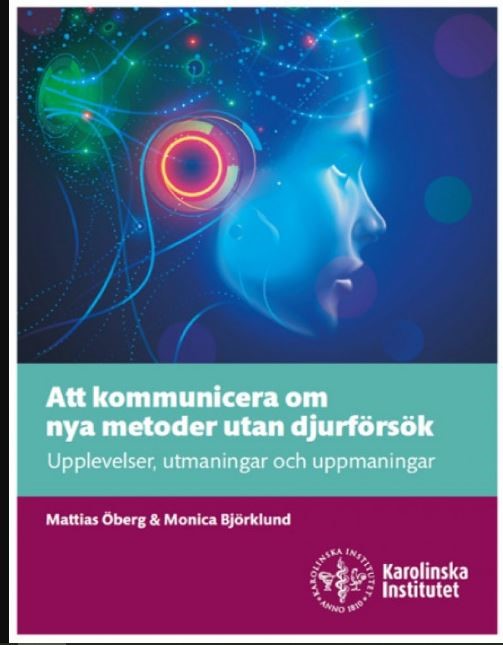AI
Leveling Up Life Sciences: AI and In-Silico Research

My post in March focused on AI in vaccine R&D, for obvious reasons. Half a year later, it’s time for a wider perspective: Where do we go from here? How much of R&D experiments do bio-scientists expect to go from “in vivo” to other methods? Their hints indicate that new methods will accelerate, and in silico is getting hot; which in turn creates an urgent need to train the teams upfront before training the ML models. Importantly for CIOs and IT architects, a cross-connected multimodel-experiment ecosystem in silico will also require a more architected infrastructure than islands of single-model single-disease projects did.
A paper from September 2021 on In Silico Modeling of Biochemical Pathways compared traditional numerical integration techniques to an interaction-pattern based approach. The trend is similar in other domains; e.g. in flow models for wind tunnels or pipelines, focus shifts from differential equations to interaction patterns and event-series patterns.
Searching PubMed.gov for “artificial intelligence” today returned 140,820 results. “Machine learning” returned 71,723. Searching a single med-research institution website in Sweden (Karolinska) for “AI” returned 311 hits. “Machine learning” returned 182.
DeepMind AlphaFold2 has predicted the shapes of nearly every protein in the human body, and is expected to predict, in the coming months, practically all proteins known to science. This takes in Silico research to a new era. As professor Luca Jovine put it in Karolinska Institutets KI News this month: AI may allow us, in the future, to accurately simulate highly complex biological scenarios in silico as well as leverage this information for therapeutic intervention.
KI/IMM toxicologist Mattias Öberg’s recent report (in Swedish) states that new methods without animal experiments are of strategic importance for the country’s research and innovation. You can hear “his take” on future multimodel experiments cross-connected by an IT infrastructure, in a (Swedish) radio interview from Monday this week.

There are dozens of ways AI transforms life sciences. An article by Dr. Shweta Murudkar three weeks ago pinpoints the Big Ten ways, in an outlook consistent with those of other life-sciences industry experts. Like toxicologist Mattias Öberg and many others, Murudkar also underlines the emerging “2.0” of the long-lasting win-win relationship between gene-based models and AI (see also diagram example from Informator’s course, 2020).
What about the standard architectural question: which barriers can slow down the life science ecosystem’s benefit from its ever-growing data? They’re similar to other domains: Training an ML model is a minor part work in an ML project. The non-profit Pistoia Alliance found bottlenecks in culture, application landscape & organizational landscape, interoperability, data quality/formats and access. Hence an urgent need to further educate the domain experts as well as the architects, data experts, and IT experts. AI or data/analytics skills are in demand, while forecasts for apps in life sciences are pointing upward.
Milan’s courses at Informator
- AI, Architecture, and Machine Learning
- Agile Architechture Fundamentals
- Agile Modeling with UML
- Avancerad objektmodellering med UML
- (on demand: Modular Product Line Architecture )
